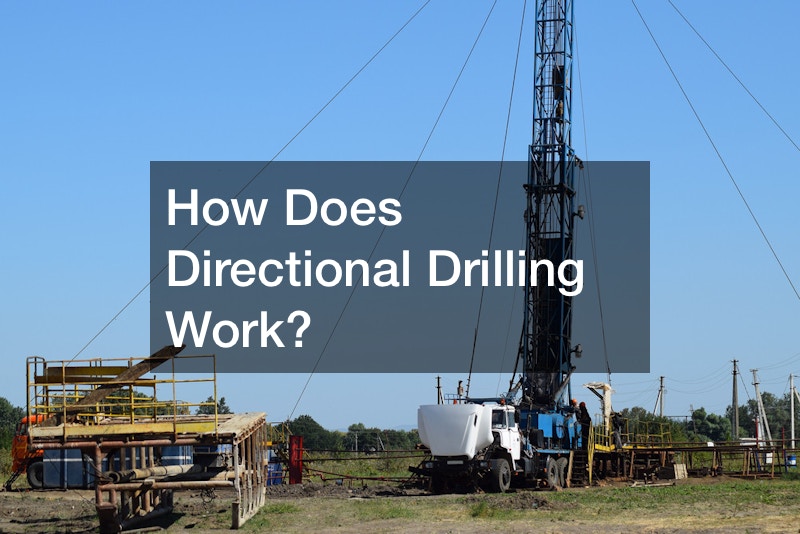Directional drilling is a trenchless technology used in various industries, including oil and gas, telecommunications, water management, and civil engineering. It involves the use of specialized equipment to drill a borehole at a predetermined angle and direction, allowing for the installation of pipelines, cables, and other infrastructure without causing major disruptions to the environment or existing structures. Here are some benefits of using this type of drill:
- Reduced Environmental Impact: This drilling technique can reduce the environmental impact of underground infrastructure installations, as it requires less excavation than traditional trenching methods. This reduces soil disturbance, minimizes damage to vegetation, and reduces the likelihood of disrupting wildlife habitats.
- Cost-Effective: Drilling can be a cost-effective solution for long-distance installations, as it can reduce the need for multiple excavation sites, heavy equipment, and labor costs associated with traditional trenching methods.
- Increased Safety: This method of drilling reduces the need for excavation, which can help to prevent accidents, injuries, and fatalities associated with traditional excavation methods.
- Versatility: Drilling this way can be used in a variety of soil conditions, including rock, clay, and sand, making it a versatile technology.
- Improved Efficiency: Directional drilling can be used to install multiple infrastructure types, including pipelines, cables, and conduits, in a single borehole. This reduces the need for additional excavation sites and allows for faster installation times.
Overall, using this drilling method can offer significant benefits for infrastructure installations, including cost savings, increased safety, reduced environmental impact, and improved efficiency.
.

